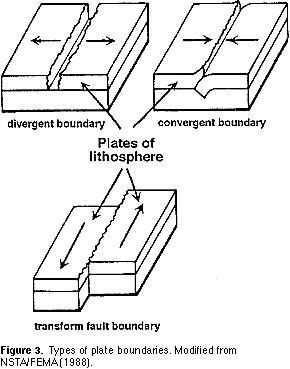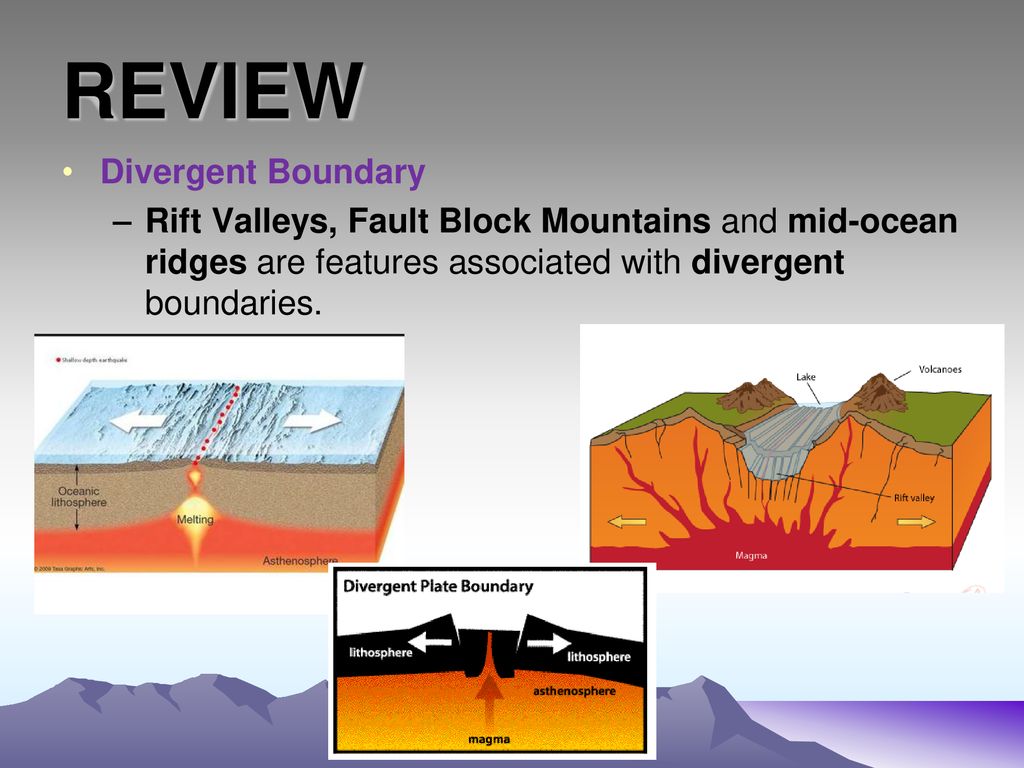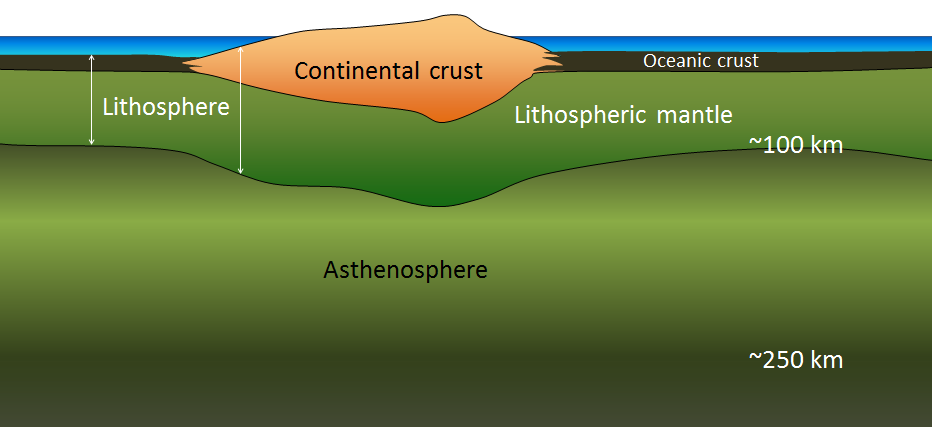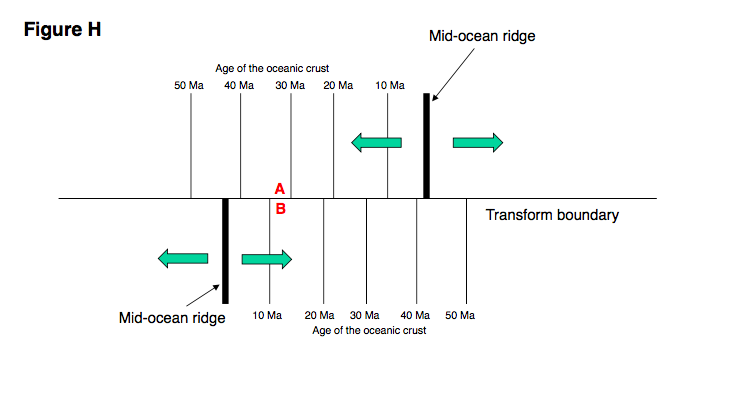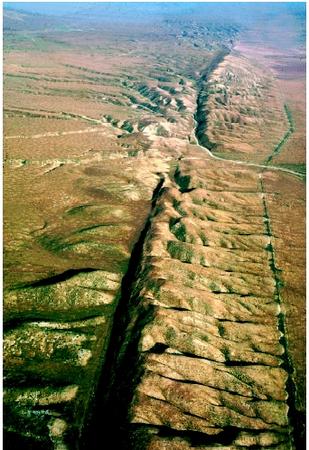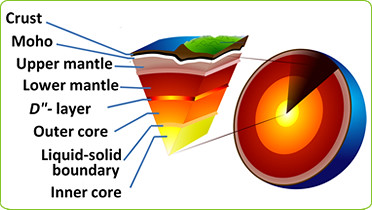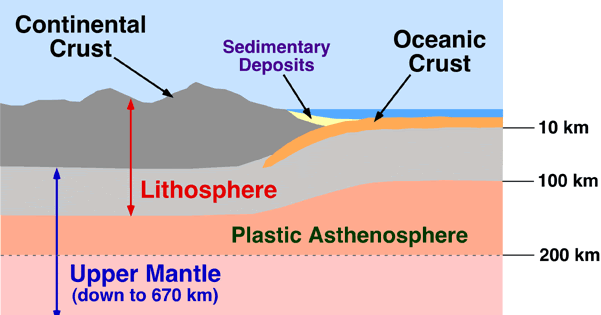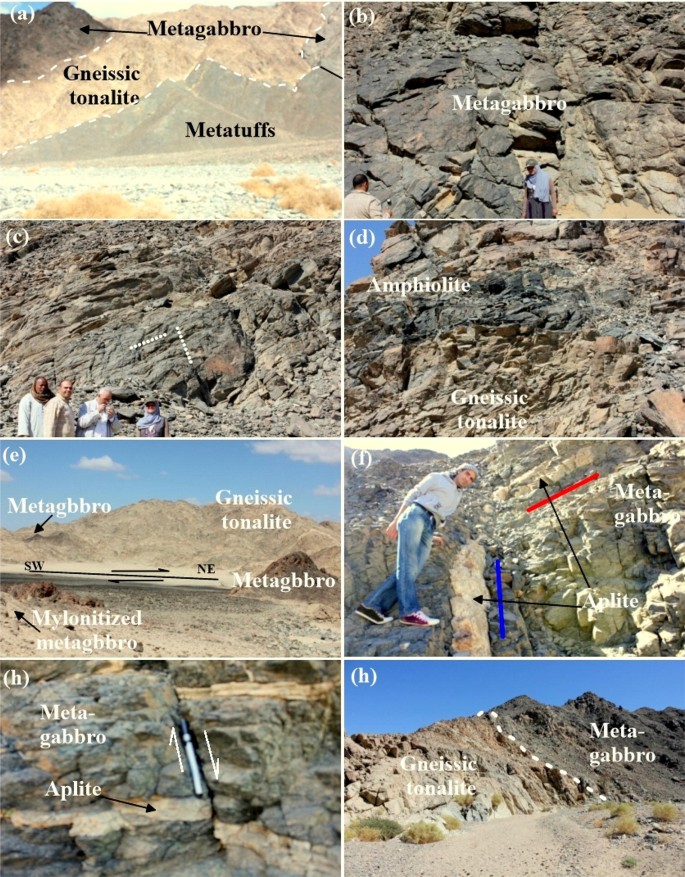The Seafloor Spreading Process At Ridges Produces What Kind Of Faults Quizlet

The mid atlantic ridge and east pacific rise are examples of midocean ridges.
The seafloor spreading process at ridges produces what kind of faults quizlet. Spreading rates determine if the ridge is fast intermediate or slow. The formation of the new crust is due to the rising of the molten material magma from the mantle by convection current. Midocean ridges reach a typical summit elevation of 2 700 meters below sealevel. Normal faults the atlantic and pacific basins have oceanic ridges.
The process that continually adds new material to the ocean floor. The magnetism of mid ocean ridges helped scientists first identify the process of seafloor spreading in the early 20th century. The oceanic crust is composed of rocks that move away from the ridge as new crust is being formed. What kind of changes in earth s surface does the motion of plates produce.
This idea played a pivotal role in the development of the theory of plate tectonics which revolutionized geologic thought during the last quarter of the 20th century. Magma is pushed up through cracks in the crust along the mid ocean ridge. Basalt the once molten rock that makes up most new oceanic crust is a fairly magnetic substance and scientists began using magnetometers to measure the magnetism of the ocean floor in the 1950s what they discovered was that the magnetism of the ocean floor around. Volcanoes mountain ranges deep ocean trenches.
Seafloor spreading is a process that occurs at mid ocean ridges where new oceanic crust is formed through volcanic activity and then gradually moves away from the ridge. Sea floor spreading occurs when the sea floor spreads apart along divergent boundaries and forms the mid ocean ridge. The seafloor spreading process at ridges produces what kind of faults. The indian ocean has no oceanic ridge.
The mid ocean ridge is the region where new oceanic crust is created. The lithosphere cools as it moves away from the ridge axis by sea floor spreading and cooler rocks are lower density so the sea floor gets deeper as the lithosphere gets more dense. They are the shallowest major features of the seafloor. The rate at which new oceanic lithosphere is added to each tectonic plate on either side of a mid ocean ridge is the spreading half rate and is equal to half of the spreading rate.
Seafloor spreading helps explain continental drift in the theory of plate tectonics. The seafloor spreading process at ridges produces what kind of faults. As the magma is thrust up and hardens it forms new crust and the ocean floor on both sides of the mid ocean ridge move outward. The place where 2 plates come together or converge.
Spreading rate is the rate at which an ocean basin widens due to seafloor spreading. Along the mid ocean ridges where sea floor spreading occurs.









